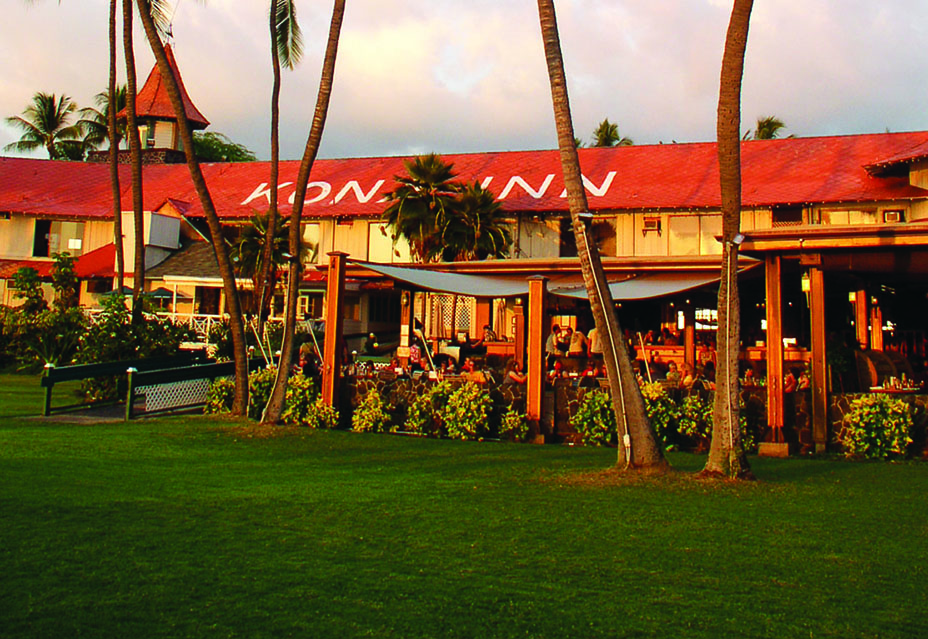Viewpoint: Hawai‘i Island Healthcare—Different Tactics for Different Results?
By John White, Chief Executive Officer, North Hawai‘i Community Hospital
Healthcare is a core element of communities anywhere, but it’s particularly important to the well-being of people on the neighbor islands of Hawai‘i. We count on being able to access safe, high-quality care when and where we need it. Of all the islands, Hawai‘i Island is unique in terms of its landmass and geography, being by far the largest with its people and communities widely distributed and separated by significant distance. Some of the specialty healthcare we need is only available in Honolulu and thus requires air transportation to access—another substantial barrier.
Our healthcare system is under strain, along with many other industries in the United States and Hawai‘i. The economic recession has amplified what was already a challenging environment. Hospitals and physicians struggle to meet your expectations and their own—that care be safe, timely, effective, efficient, equitable, and patient-centered. This isn’t news; it’s just that the problems today seem worse than ever.
My father would tell me at times when I was resisting change, “If you want the same results, just keep doing the same thing.” I’m not satisfied with the current state of Hawai‘i Island healthcare—and I don’t think you are either—which means we must do something differently if we’re going to improve. That means change, taking risks, and cycles of trial and error before we find the answers. Together we face major challenges in local healthcare and we must find solutions.
My own experience is primarily with hospitals and physicians, which are the focus of the following commentary. That’s not intended to minimize the many other key participants in the healthcare system, it’s simply a recognition that I am not comfortable speculating about what the future might look like in those areas. So I’ll narrow this to Hawai‘i Island’s five hospitals and medical staffs: Hilo Medical Center, Kona Community Hospital, North Hawai‘i Community Hospital, Kohala Hospital, Hale Ho‘ola Hamakua, and Ka‘u Hospital.
In my view, partnership and collaboration among hospitals and physicians are two of the relatively few promising tactics available in today’s environment. Collaboration means that we work together on items of common interest and benefit. Partners take care of each other and align their work in good times and bad.
Our sense of place and interdependence—together with the stark reality that we must be self-sufficient on our island in the middle of the vast Pacific Ocean—has created a culture that has collaboration and partnership in its roots. That’s a tremendous advantage. It’s something that we would have a hard time creating if it did not exist already. The challenge is squarely in front of us and we do have what it takes to be successful. But it’s time for coordinated action.
Reducing costs, improving quality and safety, and expanding access to healthcare services are broad areas that hospitals and physicians can work well together. But how? Specifics may help illustrate what I’m thinking about. First: I can envision a future where the Island’s hospitals share a single mainframe computer system, not three separate, freestanding systems. Such an approach would improve access to medical information for patients, simplify work for caregivers (all island hospital nurses would need to know only one computer system), and reduce costs for the software, hardware, maintenance, and operations of the system. Other business functions have the potential to work well in collaboration, such as medical staff credentialing, coding, billing and collections, purchasing and distribution, and education, to mention a few among many.
I also believe that hospitals can work together to retain and recruit physicians. Locally, hospitals can be successful in establishing their own employed physician groups that align closely with the hospital’s strategic plans. These locally-owned groups would include family physicians, internists, pediatricians, hospitalists, and hospital-based specialties that can be successful in a local practice such as general surgery, obstetrics, and anesthesiology.
Certain specialty physicians have historically not done well locally. We’ve all seen them come and go from Hilo, Kona, and Waimea: orthopedics, cardiology, nephrology, urology, neurology, and the list goes on. It must be possible to collaborate to recruit and retain these physicians. Hospitals could own equal shares of an island-wide medical group of specialty physicians and structure their practices in such a way to provide the most coverage as efficiently as possible, sharing equally in the costs and benefits of doing so.
Some medical subspecialties are not viable on Hawai‘i Island at all. For the sake of patients, hospitals must extend their partnerships and collaborate with others who currently offer these services and need help making them viable as well. Honolulu hospitals can be great partners for cardiac and neurosurgery, advanced trauma care, and other, very specialized and necessary medical care.
If we want different results, we have to do things differently. Collaboration and partnership are real; they’re possible; and they’re under way now. Welcome news for all of us who are keenly interested in healthcare. ❖
John White became CEO of North Hawaii Community Hospital in April of 2009. He was previously the CEO of Samaritan Healthcare, a 50-bed acute care hospital in eastern Washington State. White also held leadership roles in the Washington State Hospital Association and has been an advocate for rural hospitals and physicians at both the state and Federal levels. North Hawaii Community Hospital, located in Waimea, is a community-owned, non-profit hospital managed by Quorum Health Resources. Visit the North Hawaii Community Hospital website.


